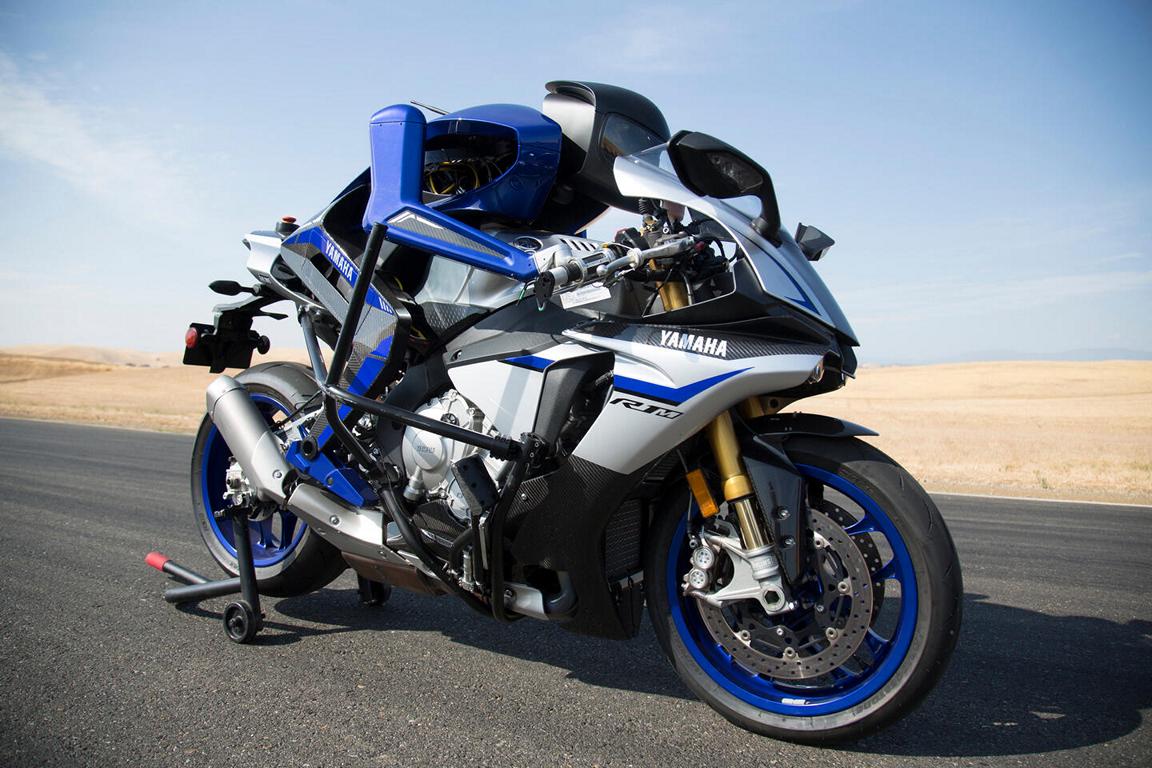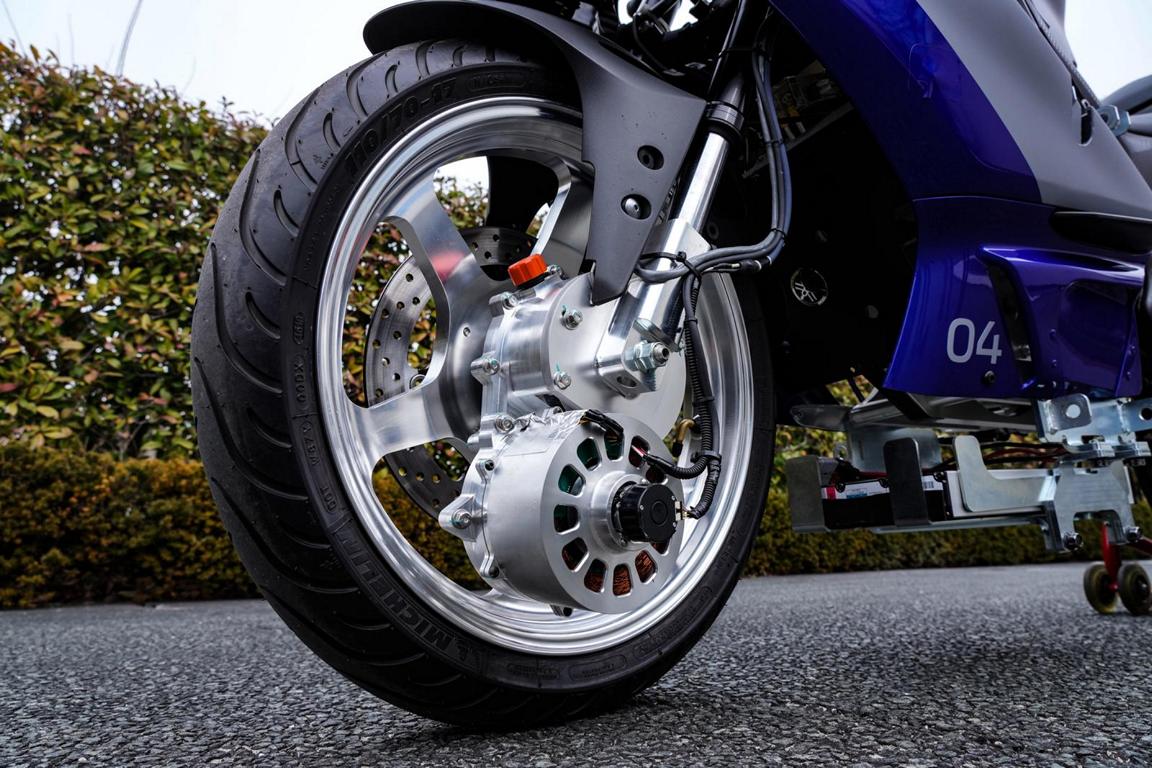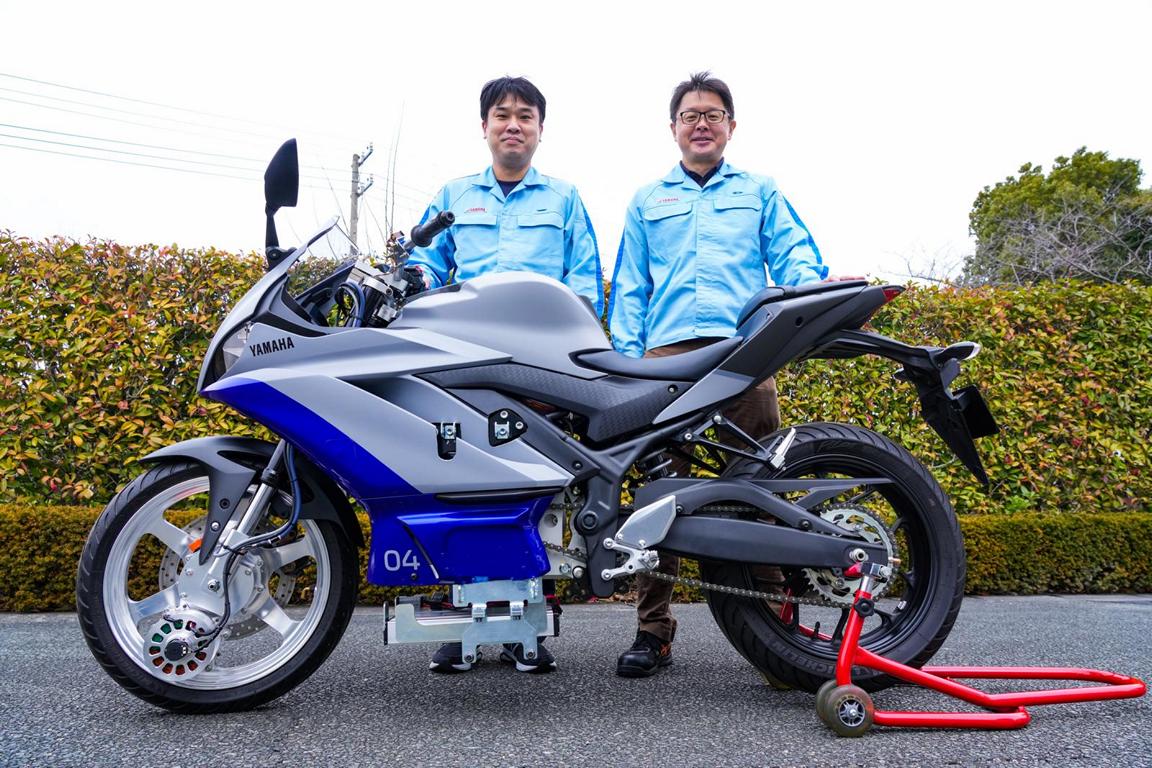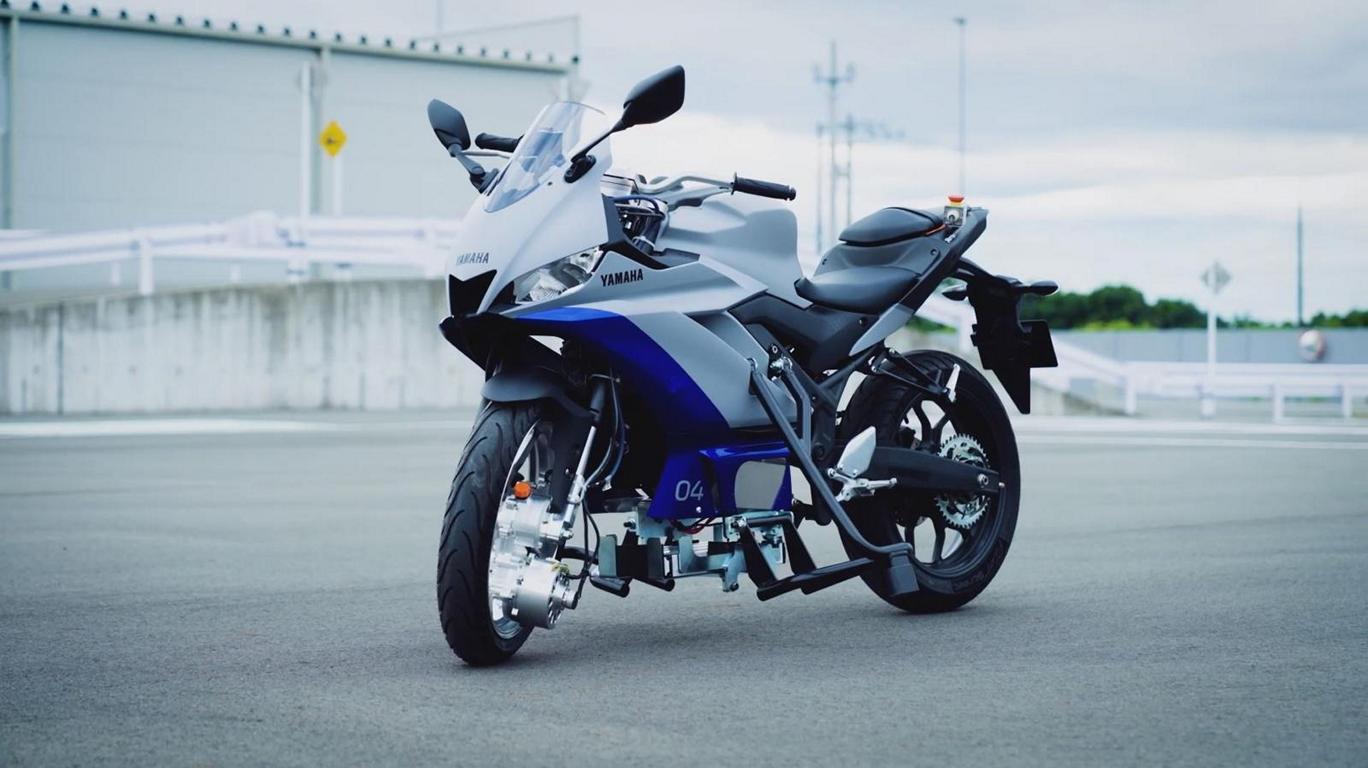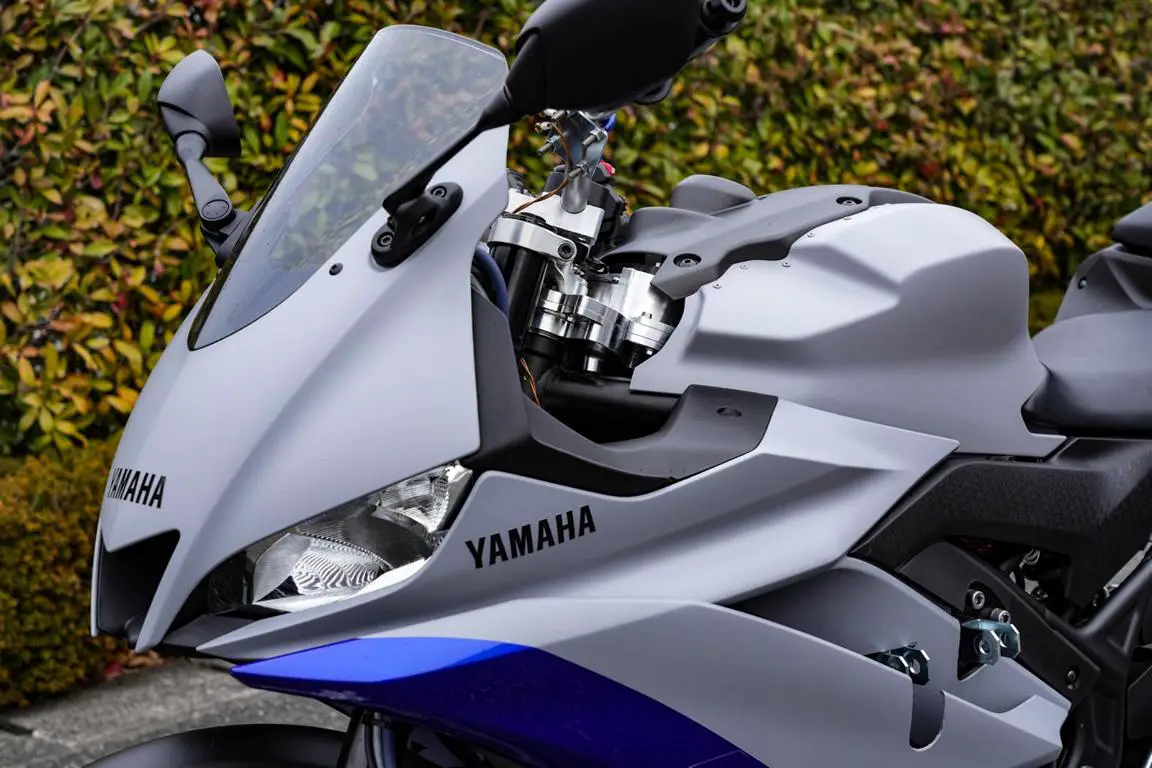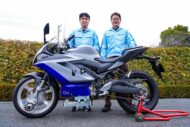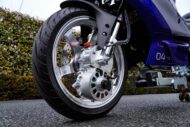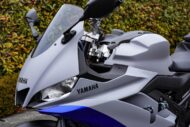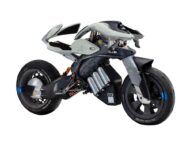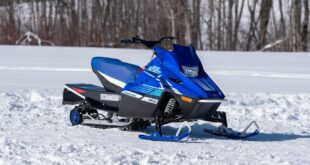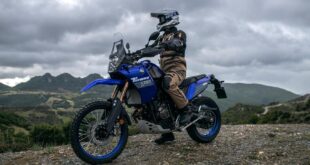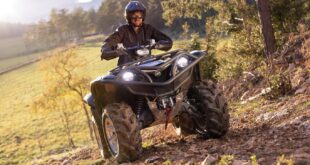announced last year Yamaha Motor its Jin-Ki Kanno x Jin-Ki Anzen safety vision, which aims to create an accident-free world together with our customers. The three pillars of this approach are: 1) technology that supports the driver in the areas of detection, assessment, operation and damage control, 2) skills with which we improve the driving skills of the users, and 3) a connectivity with cloud usage, to provide feedback for security initiatives. To highlight the technology area in this issue, we spoke to the developers of the Advanced Motorcycle Stabilization Assist System (AMSAS). Since it is directly related to Jin-Ki Anzen, we asked about the goals and benefits it provides.
An assistance system to improve stability when starting off and at low speeds
Accidents involving motorcycles are primarily due to errors in recognition (10%), decision-making errors (17%) and operating errors (5%) on the part of the driver. The data also shows that approximately 70% of motorcycle accidents occur within two seconds of the triggering moment. Based on these accident cause analyses, Yamaha Motor is currently developing assistance systems with a focus on four vectors: assisted hazard prediction, damage avoidance and assisted defensive driving, assisted evasive maneuvers and damage limitation.
The AMSAS, introduced last year, stabilizes a vehicle at low speeds by acting on the drive and steering forces. "The peculiarity of the system is that it is a device that can be very easily applied to existing vehicles, since no modifications to the frame are required," explains project leader Akitoshi Suzuki. The prototype system under development uses a production YZF-R25 as its platform and is equipped with a 6-axis Inertial Measurement Unit (IMU) and propulsion and steering motors.
The AMSAS is a rider assistance system that focuses on a motorcycle's instability when starting off or at low speeds, improving the vehicle's stability at these moments. "When starting or stopping, the drive motor attached to the front wheel supports stability, from around 5 km/h the steering motor attached to the handlebars takes over the task," explains Suzuki. Through the interaction of these two motors, the AMSAS prototype, which is in its mid-stage development, can move at walking speed without falling over, regardless of the driver's driving skill.
A technology platform suitable for various mobility applications
Yamaha Motor once made headlines when it introduced the MOTOBOT - an autonomous motorcycling humanoid robot - and the MOTOROiD, an experimental experimental motorcycle equipped with artificial intelligence (AI) and self-balancing technology. "The research and development work for the AMSAS started with the idea of making the technologies and know-how that we acquired during the development of these two models available to customers around the world," says Suzuki.
Jun Sakamoto, who at Yamaha responsible for the safety strategy, explains the value the AMSAS aims to provide: “It's about creating conditions where the rider can focus more on operating their motorcycle, so that everyone can enjoy the feeling of being one with theirs to be a machine. By providing an assistance system in those moments when the bike is more unstable and requires more skill, we aim to bring safety-based fun to a wide range of riders.”
Yamaha has set a target of zero fatal motorcycle accidents by 2050 and is stepping up efforts across the three pillars above: Technology, Capabilities and Connectivity. The AMSAS is a technology that has the potential to become a key driver assistance system in conjunction with other technologies such as the radar-based Unified Brake System, the world's first of its kind, which is already used in the TRACER 9 GT+.
"With the basic technologies in place, we're halfway to our goal of bringing the value of AMSAS to customers," said Suzuki. He and his team have high expectations for the technology: “From now on we will work on reducing the size of the different components because we want to develop the technology into a platform that is not only suitable for motorcycles, but also for one Variety of other personal mobility applications, such as bicycles.” Photo credit: Yamaha
Of course, that was far from it. Our tuning magazine has countless other tuning reports in stock. And also with the topic Motorcycle and motorcycle tuning we meet regularly. Do you want to see all posts about motorcycles and motorcycle tuning? Just click HERE and look around. Or is a small extract enough? Then take a look at the following Mopped posts.
 tuningblog.eu Your magazine about tuning the car
tuningblog.eu Your magazine about tuning the car
